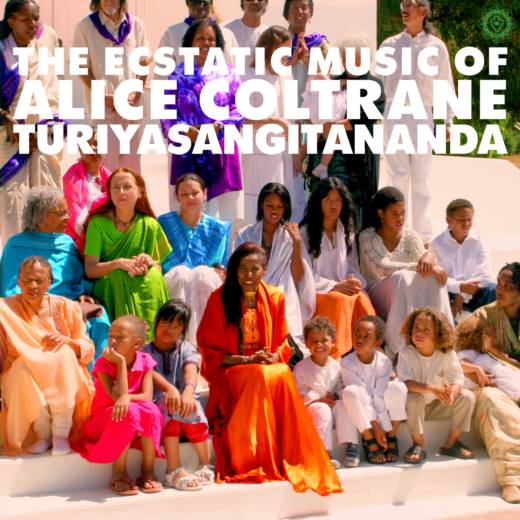World Spirituality Classics 1: The Ecstatic Music of Alice Coltrane Turiyasangitananda (Luaka Bop)
Before Alice McLeod met saxophonist John Coltrane she was already a respected jazz pianist who had studied with bebop genius Bud Powell in Paris and accompanied another modern jazz patriarch, expat drummer Kenny Clarke, on French television. Their fateful first encounter took place in the fall of 1963 when she was in a band led by vibraphonist Terry Gibbs opening for Coltrane’s quartet at Birdland. Instantly smitten with each other, they quickly became a couple. In the years before Coltrane’s death from liver cancer in 1967 she was an essential part of his spiritually charged music as it became increasingly ecstatic, shedding conventional jazz harmony, rhythm and form.
Alice Coltrane only started recording under her own name after her husband’s death, releasing about a dozen albums of gorgeous celestial jazz from 1968 to 1978 featuring her piano and harp alongside some of jazz's greatest improvisers. And legend has it that she withdrew from music to focus on her Vedic spiritual practice at an ashram, a public silence that lasted until her son, saxophonist Ravi Coltrane, coaxed her back into the studio for 2004’s “Translinear Light." She played a final concert at the Nob Hill Masonic Center on Nov. 4, 2006 with Ravi, Charlie Haden and Roy Haynes, before her death two months later.
The legend of Alice Coltrane’s silence was wrong though, and a new album by Luaka Bop fills in a richly creative and largely unknown chapter in her life.
“World Spirituality Classics 1: The Ecstatic Music of Alice Coltrane Turiyasangitananda” gathers pieces she created for worship at the Sai Anantam Ashram she created in Agoura Hills. Featuring Coltrane on vocals, synthesizer, organ and harp, the music is often breathtaking, albeit repetitive and hypnotic, which was her intention. Created to enhance meditative states, you could call the music new age, but that catch-all term hardly does it justice.


